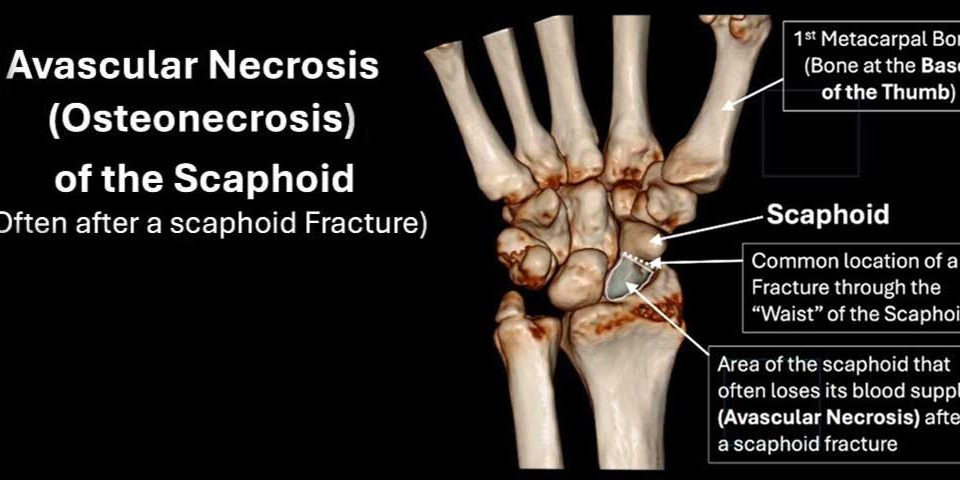
What Is Senior Rehab Care?
August 14, 2022
Fifth metatarsal fracture
August 20, 2022What is rehabilitation?
Rehabilitation is defined as “a set of interventions designed to optimize functioning and reduce disability in individuals with health conditions in interaction with their environment”.
Put simply, rehabilitation helps a child, adult or older person to be as independent as possible in everyday activities and enables participation in education, work, recreation and meaningful life roles such as taking care of family. It does so by addressing underlying conditions (such as pain) and improving the way an individual functions in everyday life, supporting them to overcome difficulties with thinking, seeing, hearing, communicating, eating or moving around.
Anybody may need rehabilitation at some point in their lives, following an injury, surgery, disease or illness, or because their functioning has declined with age.
Some examples of rehabilitation include:
Exercises to improve a person’s speech, language and communication after a brain injury.
Modifying an older person’s home environment to improve their safety and independence at home and to reduce their risk of falls.
Exercise training and education on healthy living for a person with a heart disease.
Making, fitting and educating an individual to use a prosthesis after a leg amputation.
Positioning and splinting techniques to assist with skin healing, reduce swelling, and to regain movement after burn surgery.
Prescribing medicine to reduce muscle stiffness for a child with cerebral palsy.
Psychological support for a person with depression.
Training in the use of a white cane, for a person with vision loss.
Key facts
Rehabilitation is an essential part of universal health coverage along with promotion of good health, prevention of disease, treatment and palliative care.
Rehabilitation helps a child, adult or older person to be as independent as possible in everyday activities and enables participation in education, work, recreation and meaningful life roles such as taking care of family.
Globally, an estimated 2.4 billion people are currently living with a health condition that benefits from rehabilitation.
The need for rehabilitation worldwide is predicted to increase due to changes in the health and characteristics of the population. For example, people are living longer, but with more chronic disease and disability.
Currently, the need for rehabilitation is largely unmet. In some low- and middle-income countries, more than 50% of people do not receive the rehabilitation services they require. Rehabilitation services are also amongst the health services most severely disrupted by the COVID-19 pandemic.




